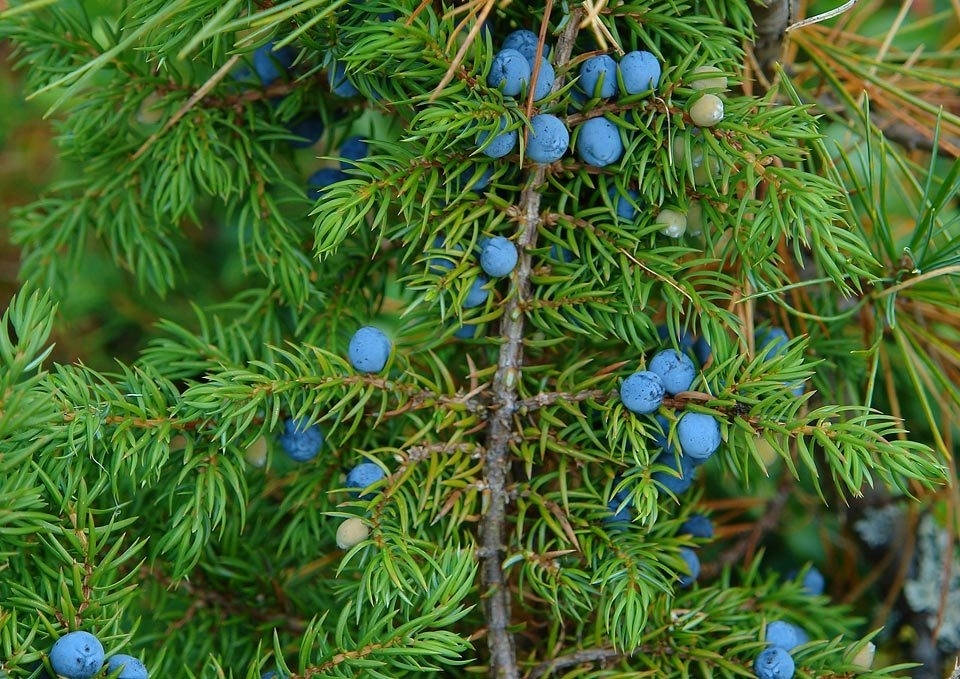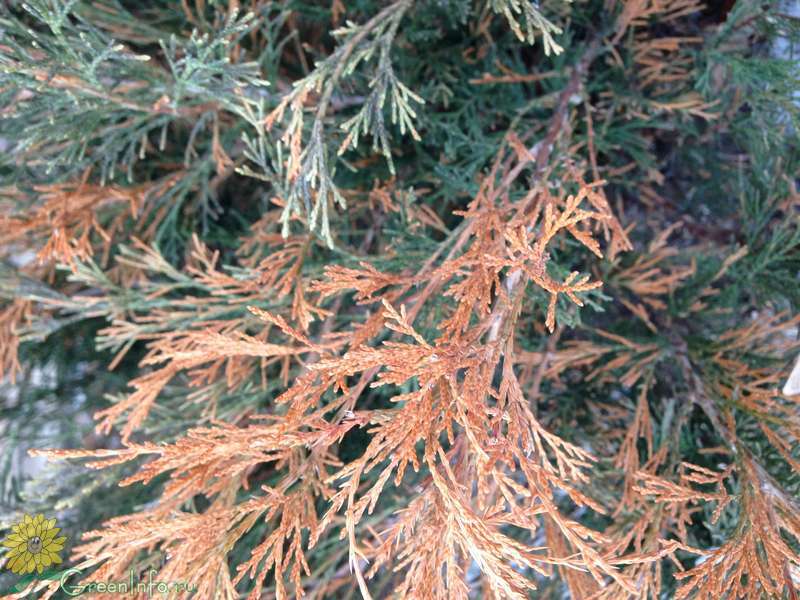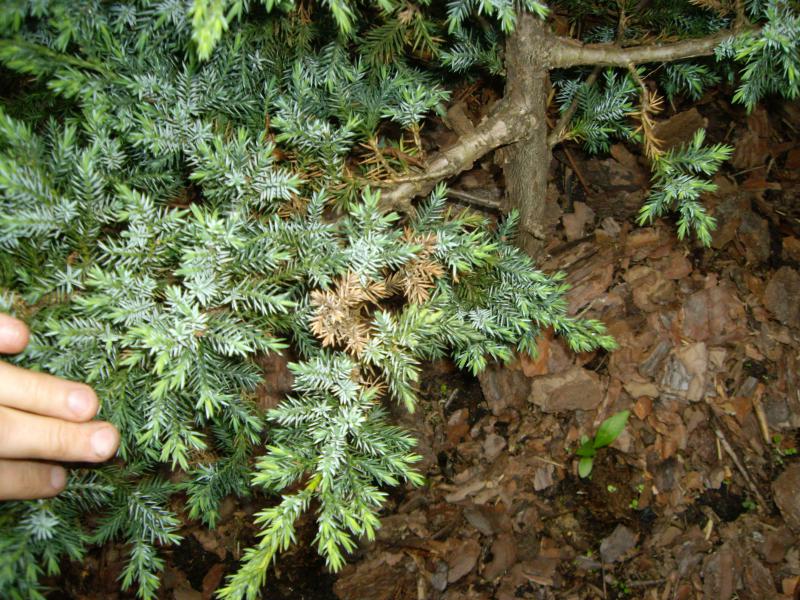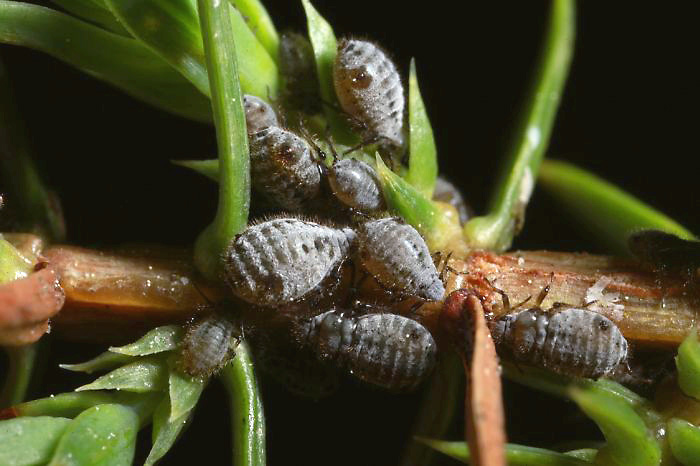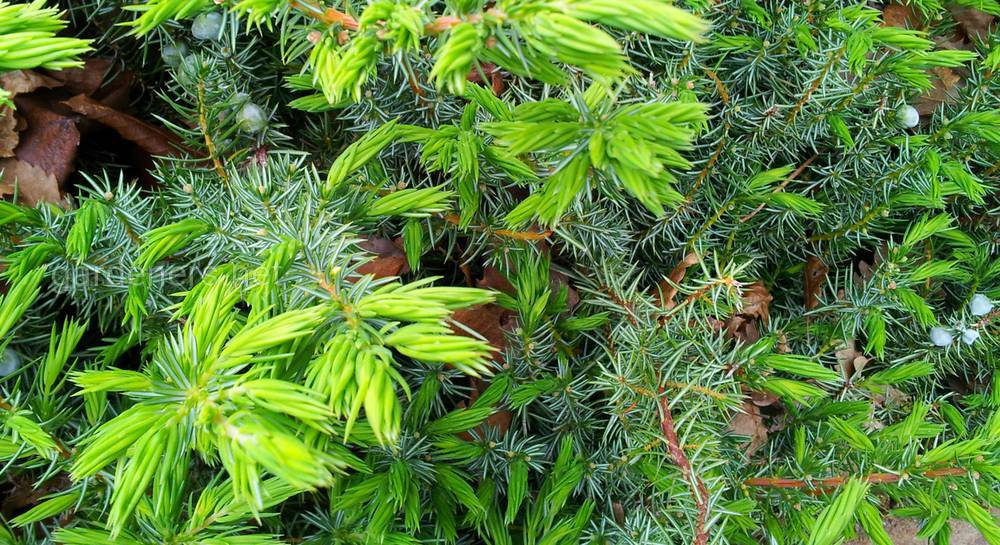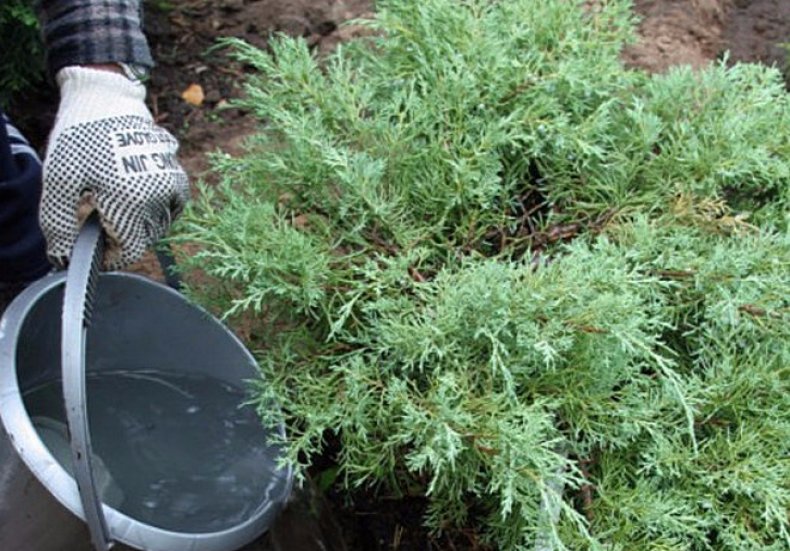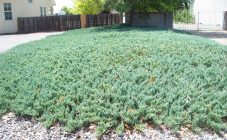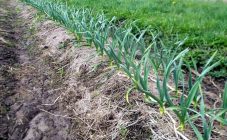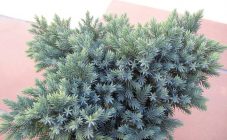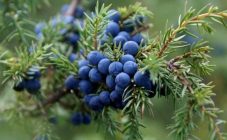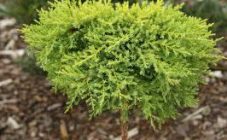Content:
Junipers are evergreen shrubs or small trees of the Cypress family. They are often grown in gardens and summer cottages, and are widely used in landscape design. However, sometimes problems arise during cultivation, due to which the plants lose their decorative effect. There are several common reasons why the juniper dries up and the needles turn yellow.
Description of culture
Plants are unpretentious to care for, undemanding to soil and moisture. The most resistant types of junipers:
- Cossack;
- Virginia;
- Chinese;
- Siberian;
- ordinary.
Despite the apparent ease of growing, maintaining plant health is not easy. Many varieties are prone to fungal diseases and react sharply to any adverse changes in the environment.
A frequent question of novice gardeners: the juniper dries up, what to do? First you need to identify the cause, and then urgently take action.
Causes of yellowing
The main reasons why the juniper turns yellow are associated with improper care, an invasion of pests or diseases.
Lack or excess of moisture
A juniper can go without water for a long time, but it still needs to be watered once a month. With a moisture deficit, yellowness appears on the needles, the needles can dry out and crumble.
In summer, 25-30 liters of water is poured under one plant. In the heat, sprinkling is carried out once a week.
Diseases
Junipers affect many diseases. The most common are:
- Schütte disease is when the needles turn brown or dark yellow. After a while, it will dry out, but will remain on the branches. The disease occurs when the crop grows in the shade or on too wet soil. This is the most common reason why junipers turn yellow in summer. The damaged parts of the plant are subject to unconditional removal. They are burned to kill the spores of the fungus;
- Rust. In the spring, yellow-brown growths appear on the branches. Over time, juniper shoots deform and crack. If rusty spots are found, the affected fragments are immediately removed and the plants are treated with fungicides, for example, topaz, folicur, foundationol.
- Drying of branches. Yellowing of the needles and dying off of the bark are observed. The problem occurs on juniper bushes that are too densely planted. The affected areas are removed, the sections are treated with 1% Bordeaux liquid.
- Nectric and biorellic cancer. Branches, bark and needles turn brown and then die off. They fight the disease in the same way as with the drying out of the branches. In case of severe damage, the shrub is uprooted and destroyed.
Incorrect soil composition
Juniper loses its decorative effect with increased or decreased acidity of the soil. The optimal indicator for most varieties is from 5 to 5.5. However, some species prefer acidic soil, while others prefer alkaline soil. Specialist stores sell tests to monitor pH levels.
For planting juniper, it is better to use a soil mixture prepared from:
- sand;
- peat;
- a small amount of clay.
The site must be equipped with a drainage of chipped bricks, river pebbles, large expanded clay.
Pests
Juniper can turn yellow when exposed to insects:
- aphids;
- juniper scale insects;
- spider mite;
- gall midges;
- juniper sawfly.
Lack of nutrients
Juniper actively signals the lack of useful elements:
- yellowing or whitening of the needles - iron deficiency;
- reddening of the needles - lack of phosphorus;
- lag in development, pale color of the crown - lack of nitrogen.
If the problem is not resolved, the plant will continue to dry out and die.
Young junipers are fed annually, adults - once every 2-3 years. The optimal time is spring.
When the reason why the juniper is drying is revealed, it will become clear what can be done to save it.
Disease prevention
Diseases are easier to prevent than to cure. To do this, when growing juniper, you must follow the rules.
- Plant only healthy bushes. If there are doubts about the quality, then it is better to treat them with Quadris or Phytosporin preparations.
- The risk of diseases increases significantly if agricultural practices are not followed. You can not thicken the planting, place the bushes on heavy soil with poor air circulation and stagnant water.
- After removing the branches of the juniper, the cuts must be treated with garden pitch. He pre-disinfects the tools, otherwise the procedure will not be beneficial, but will only aggravate the situation.
- Preventive measures are carried out at the beginning and end of the season. Plants are treated with 1% solution of Bordeaux liquid or its analogues.
- To increase the resistance of junipers, microfertilizers with an immunomodulatory effect are used.
How to revive a juniper
The juniper turned yellow, what should I do in this case? First, the cause is eliminated, then a set of procedures is carried out using growth stimulants. They will help to quickly restore the crown:
- Juniper needles are sprayed with epin-extra (2 ml per 10 l of water).
- After 10 days, a zircon solution (1 ml per 10 L) is applied. They cultivate the crown and water the soil abundantly in the near-trunk circle. You can additionally use a root stimulant to activate the work of the roots. The procedures are carried out 2-3 times every 7 days.
- The final stage is re-treatment of juniper needles with Epin-extra.
Juniper turned yellow after winter: causes and plant recovery
Why does juniper turn yellow and dry up after winter? This is a fairly common question. This is how sunburn occurs. Light is reflected from the snow cover, and the needles cannot withstand the radiation. The root system of the plant is frozen and does not provide the needles with moisture. As a result, they dry out. Therefore, in the spring, gardeners observe yellow bushes.
To help a juniper, you should:
- plant frost-resistant varieties in regions with harsh climates;
- mulch the trunk circle so that the root system does not freeze, for example, with peat or sawdust;
- young plants are covered with non-woven materials.
These measures do not exclude the occurrence of sunburn. To save the plant, which still suffered, a complex of recovery procedures is carried out with the help of growth stimulants.
What to do when a juniper dries up depends on the cause. This could be improper care, illness, or pests. To protect and restore plants, a set of measures is carried out, and during the growing season, its health is constantly monitored.
